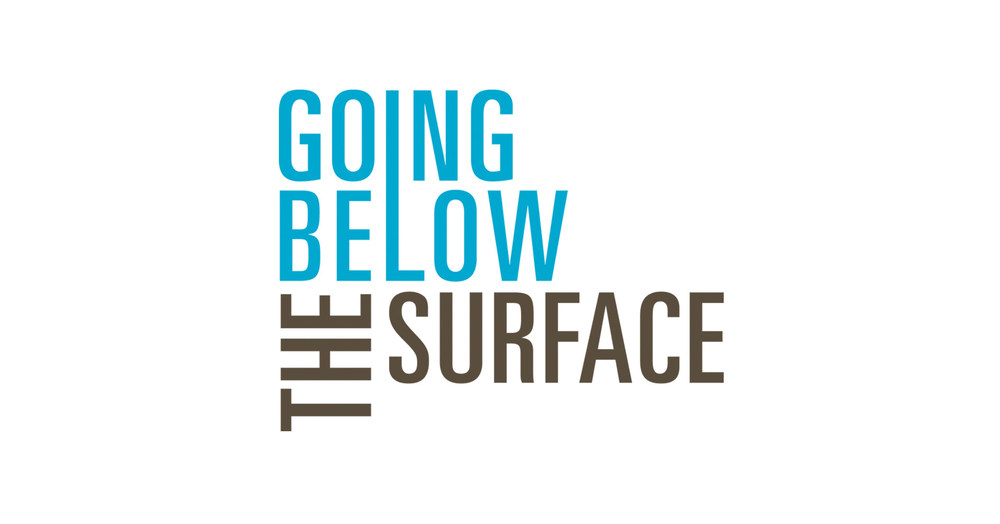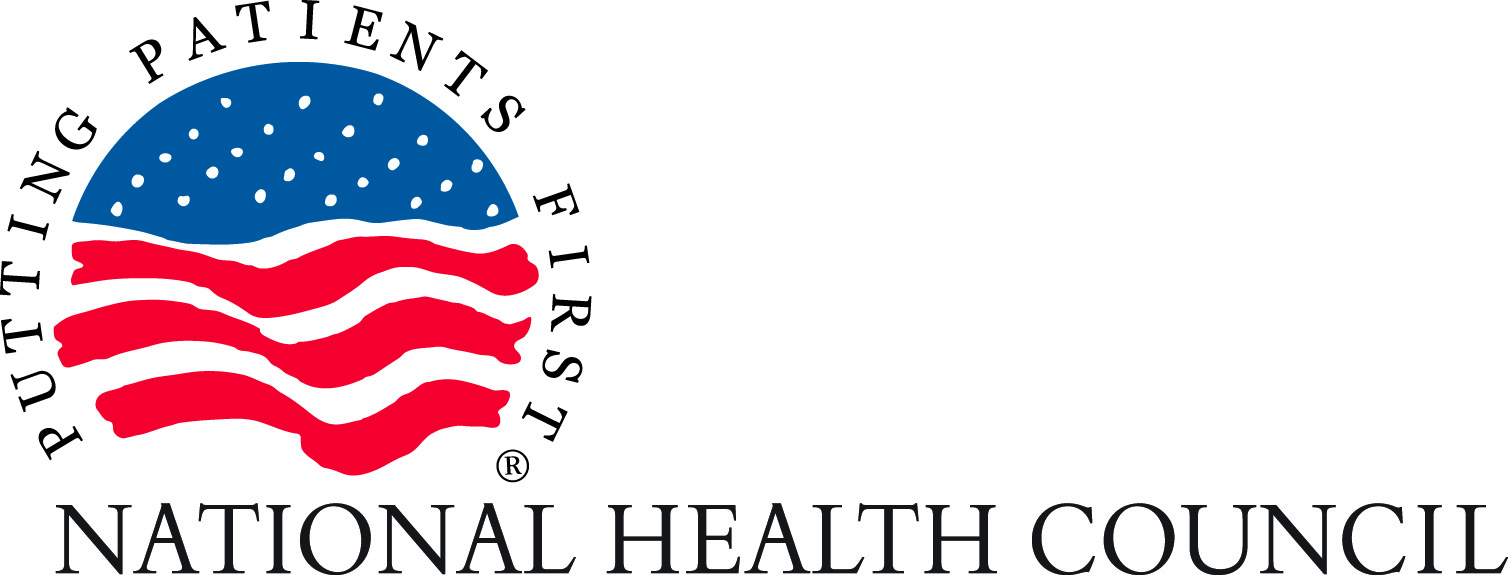

GOING BELOW THE SURFACE: GUEST SPEAKER LARRY LEVITT TAKES AIM AT THE REAL HEALTH SPENDING DRIVERS
The January meeting of the Going Below The Surface (GBTS) Forum partners featured a guest speaker who is trying to get to the root of what’s driving health care spending in the United States. Larry Levitt, executive vice president for health policy at the Kaiser Family Foundation (KFF), shared his insights on a recent Peterson-Kaiser Tracker study that he spearheaded – “What Drives Health Spending In The U.S. Compared To Other Countries.”
The research paper showed that in 2018, the U.S. spent nearly twice as much on health care per person as other economically comparable countries – $10,637 versus $5,527. He said the study was largely prompted by the debate on health spending during the Democratic primaries.
“There was such a focus on the high cost of health care in the U.S. and how it was so much higher than other countries, but the discussion always went immediately to drug costs and administrative costs, and you almost never heard even any mention of hospitals and physician care,” Mr. Levitt said.
“The debate pointed to the disparity between health spending in the U.S. and other countries and specifically cited high drug prices and administrative costs in the U.S. as the culprit. But we wanted to dig in a little bit deeper and tease out why our health spending is higher than in other countries.”
In fact, the study found that U.S. health spending is mostly driven by higher payments to hospitals and physicians – $6,624 per person in the U.S. compared to $2,718 per person in other countries. Prescription drugs, on the other hand, made up only about 10% of the overall cost of health care – about $1,397 per person in the U.S., while comparable countries spent $884 per person.
“Outpatient and inpatient care costs account for over three-fourths of the disparity in health spending per person between the U.S. and other high-income countries. Even if we lowered drug prices to those in other countries, we would reduce this disparity by just a few percent,” Mr. Levitt said. “Even if we eliminate drug spending entirely we would still spend almost double what other countries spend on health care.”
Mr. Levitt said he suspected that hospital and physician care would be a big part of the health spending disparity, but he was surprised at just how big of a part it turned out to be. He thought drug prices would emerge as a bigger factor, but the study showed that it just wasn’t the case. Still, he thinks the debate over drug prices will continue to take center stage.
“Pharmaceutical companies are just frankly an easier target than hospitals and doctors. Patients’ main interaction with the health care system is through the pharmacy,” he said. “They go there to get about a dozen prescriptions per year, but far fewer people go to the doctor and certainly much fewer go to the hospital, so it’s a much broader health care cost factor for patients.”
However, Mr. Levitt thinks the pandemic might influence how people perceive the pharmaceutical industry.
“Hospitals and frontline health care workers have been slammed by the pandemic personally and financially in terms of health risk,” he said. “Drug companies in many ways may come out of this the heroes producing vaccines that will get us out of this and save many lives, and I think that will not be lost on members of Congress.”
According to the study, per capita health spending has grown at similar rates for the U.S. and comparable countries over the past decade (3.7% and 3.6%, respectively). However, since spending in the U.S. was significantly higher to begin with, the rate amounted to roughly twice as much in spending in the U.S. compared to comparable countries.
“When you look at these international comparisons, you realize we either need to do something dramatic to go after spending or we take dozens, if not hundreds, of smaller steps to sort of eat away at the problem overtime,” said Mr. Levitt. “Given the way we tend to run our health care system, I think it’s more likely that we try to take these combinations of smaller steps.”
This blog was originally published by Going Below The Surface.



